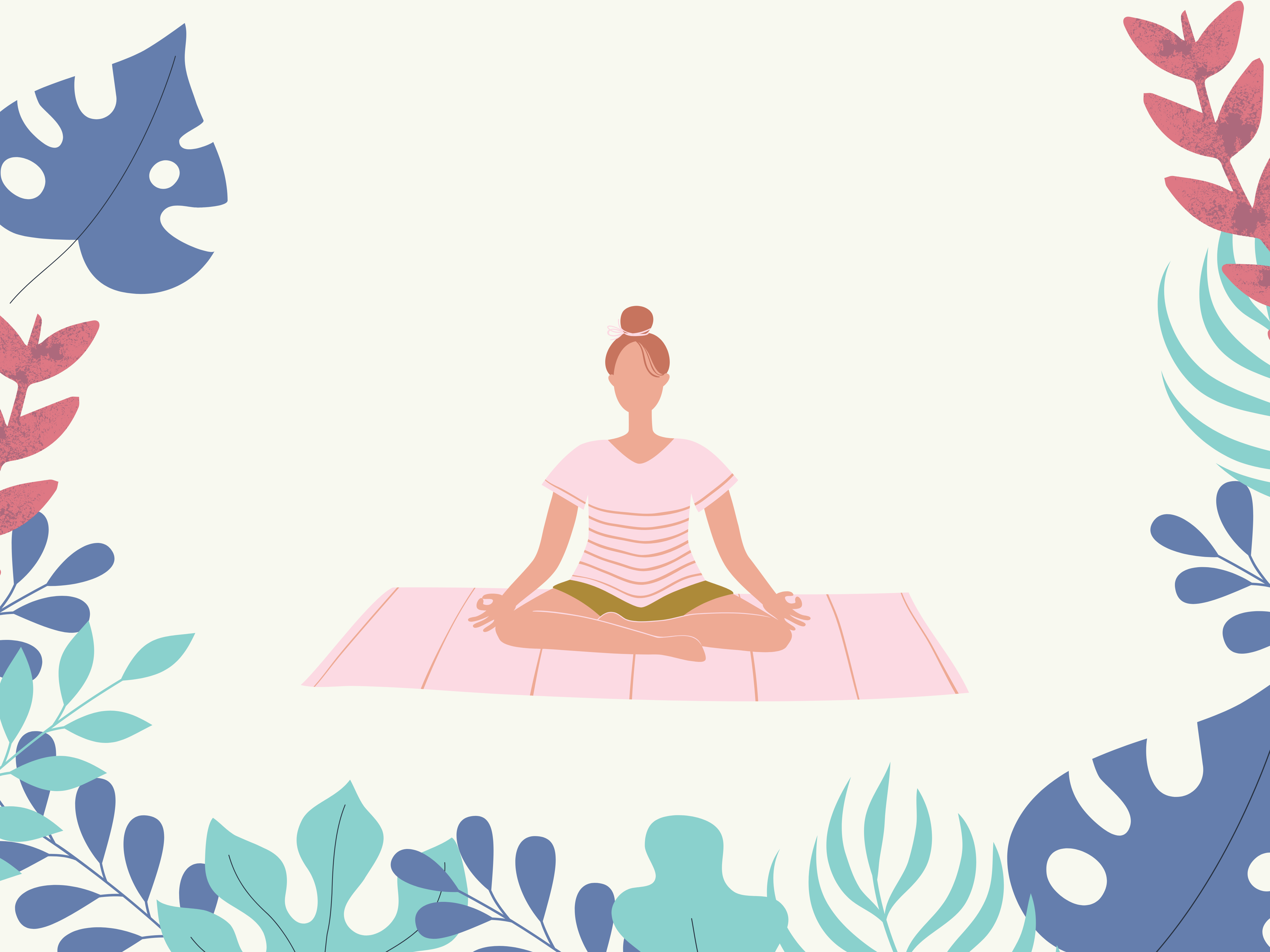페이지 정보
본문

Mindfulness meditation and coping with unpleasant feelings during the …
Many research shows that meditation and mindfulness practices can support us to get over our stress during the pandemic crisis. Here is a way that I have learnt to deal with my unpleasant feelings by mindfulness meditation practice.

Recorded by PHAN THI BICH HONG
2021/07/05
Script
During the global pandemic, we have all had to change how we live and work. Working from home or studying online have become more popular. We, therefore, have to spend too much time in small spaces. As for foreigner students, it is now too hard for us to travel back and forth to our home country. Sometimes, we just need to be with a family member or a close friend, but we cannot see them in person. Those things might be overwhelming and lead to so many unpleasant feelings such as fear, anxiety, worry, and depression. Many research shows that meditation and mindfulness practices can support us to get over our stress during the pandemic crisis. Here is a way that I have learnt to deal with my unpleasant feelings by mindfulness meditation practice: The first step in dealing with feelings is to recognize each feeling as it arises. The agent that does this is mindfulness. For example, in the case of fear, you bring out your mindfulness, look at your fear, and recognize it as fear. You know that fear springs from yourself and that mindfulness also springs from yourself. They are both in you, one taking care of the other. The second step is to become one with the feeling. It is best not to say, "Go away, Fear. I don't like you. You are not me." It is much more effective to say, "Hello, Fear. How are you today?" You can let the two aspects of yourself, mindfulness and fear, shake hands as friends and become one. The third step is to calm the feeling. As mindfulness is taking good care of your fear, you begin to calm it down. "Breathing in, I calm the activities of body and mind." You calm your feelings just by being with it. You can say, "Breathing out, I calm my fear." The fourth step is to release the feeling, to let it go. Because of your calm, you feel at ease. When you know that you are capable of taking care of your fear, it is already reduced to the minimum, becoming softer and not so unpleasant. Now you can smile at it and let it go. The fifth step is to look deeply. You look deeply into your feeling of fear - to see what is wrong, even after the fear is gone. By looking, you will see what will help you begin to transform the feeling. You will realize, for example, that your suffering has many causes, inside and outside your body. Then you will know what to do to transform the feeling and be free. Be patient with yourself, and your feelings, even unpleasant ones. I know it might be really hard to begin a new thing like meditation, but once you begin, you will see how much it helps for your mental health. Please also refer to the references in the transcript for more information about mindfulness meditation. Be safe and take care, everyone! Reference: 1. Peace Is Every Step: The Path of Mindfulness in Everyday Life. ISBN-10: 0553351397 2. The benefits of meditation and mindfulness practices during times of crisis such as COVID-19. doi:10.1017/ipm.2020.38
첨부파일
-
Mindfulness meditation and coping with unpleasant feelings.m4a (826.7K)
0회 다운로드 | DATE : 2021-07-05 22:14:28
